Undergraduate Students Receiving Grant Aid
Grant aid is awarded by the federal and state governments, colleges and universities, employers, and other private entities—and it is the form of financial aid that best relieves the financial pressure of paying for college. [1] Unlike loans, grants do not have to be repaid; unlike work-study, grants do not require work in exchange for funding; and unlike tax credits, grants are available when bills must be paid.
Institutional grant aid varies depending on the resources and policies of the colleges and universities. Some of this grant aid depends on academic achievement, but many institutions allocate grant aid primarily based on students’ financial need.
Report Links
Race and Ethnicity in Higher Education: 2024 Status Report
Chapter Six: How Students Finance Undergraduate Education
Chapter Six Report Download (PDF) 954 KB
Chapter Six Data Tables Download (XLSX) 144 KB
Source
U.S. Department of Education, National Postsecondary Student Aid Study, 2020
Data Notes
Institutions were categorized into sectors based upon control of the institution and the length of the predominant award granted.
[1] According to Cameron et al. (2023), employer aid consisted of grants to students from their employers or their parents’ employers, including employer-paid tuition reimbursements. It included tuition waivers from postsecondary institutions for faculty or staff and their dependents, but it did not include tuition waivers for graduate students holding assistantships. Percentage estimates indicate students who received any aid amount. Average award amounts include only students who received aid.
!! Interpret with caution. Ratio of standard error is greater than 50 percent.
‡ Reporting standards not met

